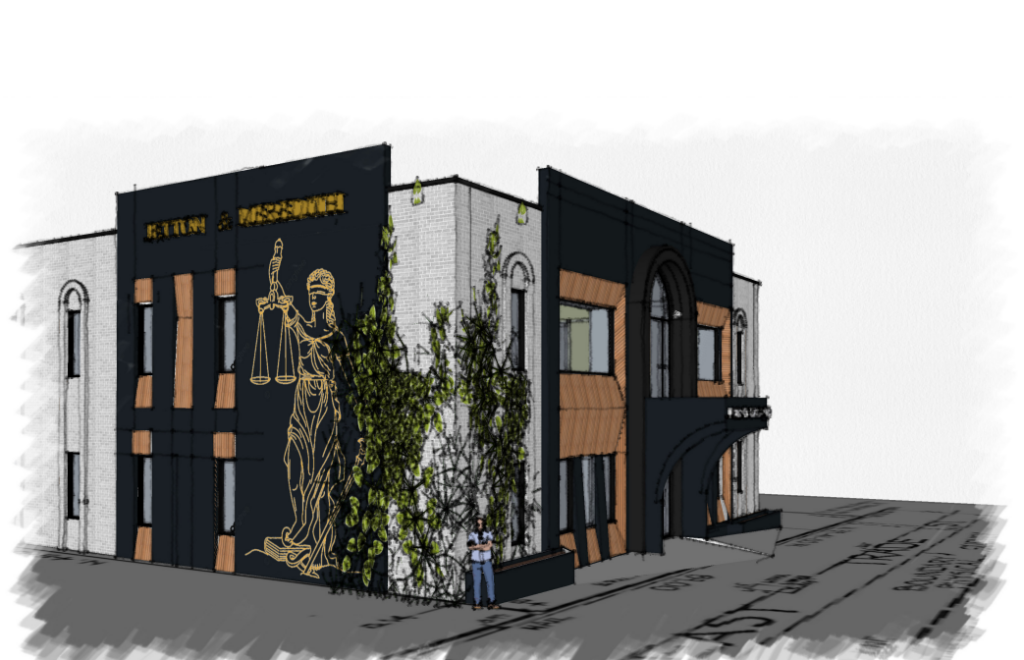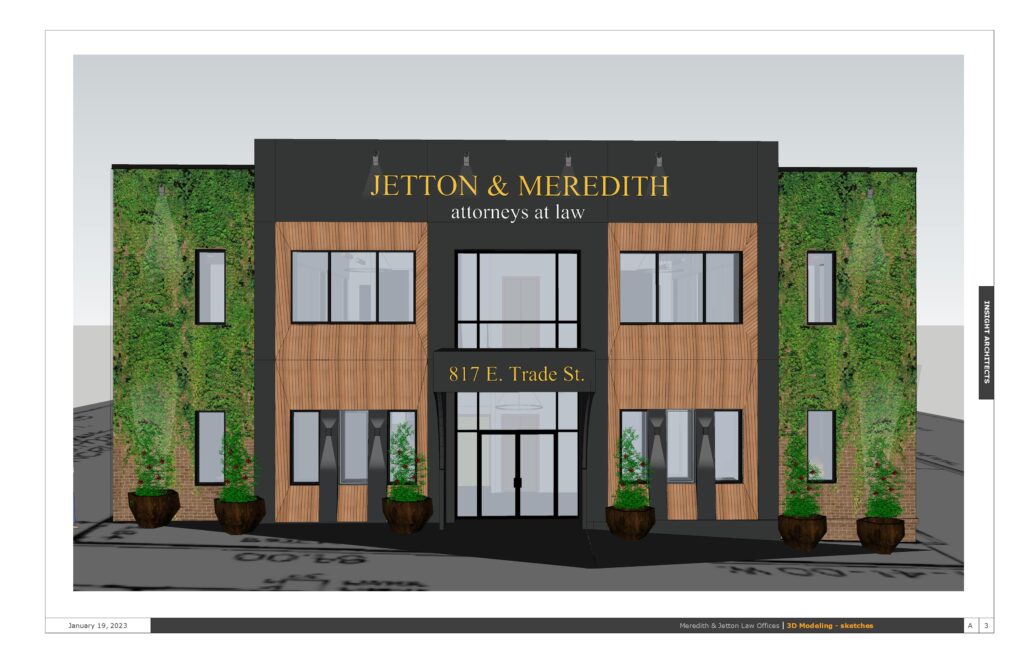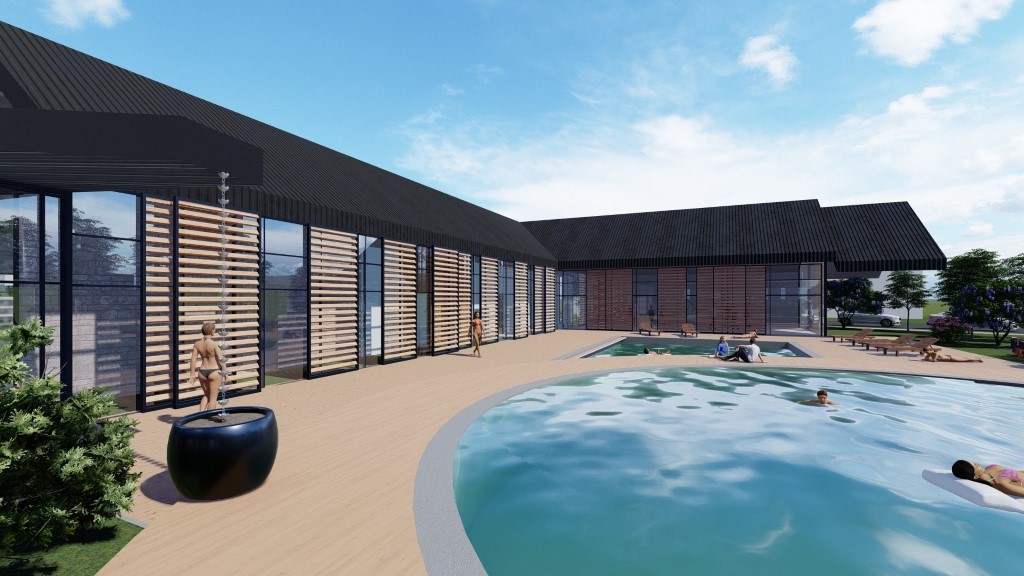Guest post: How architectural design can reduce energy use

Editor’s note: This is a guest post from Insight Architects, one of Sustain Charlotte’s supporting partners.
In today’s industrial and fast-paced climate, buildings account for roughly 70% of all U.S. electricity consumption and 40% of all U.S. energy consumption. Therefore, the notion of designing buildings that give back to our grid, or at least do not consume as much energy as before, is reframing the way design materializes in a bid to better our future environment.
This is what local architecture firms such as Insight Architects and certain certification programs such as Passive House, strive for.
The first step in becoming a more sustainable civilization is not just finding new energy sources but to reduce the amount of energy that is required from consumers in the first place. Since this program is one of the most rigorously verified performance-based building standards, Passive House buildings use 90% less energy than conventional buildings. Therefore, those who can provide designs with this certification have successfully maneuvered the threshold from traditional construction to net zero and sustainable architecture.

To briefly explain, Passive House is primarily based on five simple design principles:
- Continuous Thermal Insulation that does not have any discontinuity or fissures for exterior air infiltration.
- High-performance windows and doors that are strategically placed and optimized for solar heat gain since any opening is a weak link in regard to thermal insulation.
- Airtightness allows for better moisture control of an environment, and an uninterrupted envelope prevents energy loss.
- Comfort ventilation with heat or energy recovery is when constant ventilation is used to generate high indoor air quality, eliminating indoor/exterior pollutants.
- Thermal-bridge free design prevents the possibility of thermal displacement by protecting the structural elements of a design. That way, the outdoor temperature does not transfer through the structural element and affect the indoor environment.
With that said, certain architecture firms, such as local Insight Architects, have been working on some innovative projects that incorporate the Passive House guidelines. These include a residential Passive House project, a law office and the Sante Wellness Center. While each of these projects will perform differently and be utilized for assorted purposes, they each serve the larger motif of sustainability and energy efficiency.

Overall, many benefits await when choosing a more sustainable approach to architecture and design. Even existing buildings can be retrofitted to better serve the environment. While most tend to think that this process is more expensive, in reality, it normally relieves tenants’ and building owners’ money and time when it comes to building upkeep and maintenance costs. There might be a slightly higher initial investment in the building envelope for it to be more energy efficient than traditional construction, however the true cost depends more on the size and style of the building rather than the Passive House certification.
You can learn more about Insight Architects at insightarch.com.
Thanks for reading!
As a nonprofit, community support is essential for us to keep doing what we do — including providing free articles like this. If you found this article helpful, please consider supporting Sustain Charlotte so we can continue advocating for a better future and working with residents, neighborhood organizations, government agencies, nonprofits, and businesses to solve the most critical challenges to Charlotte’s long-term social, economic, and environmental health.
Want to stay in the loop? Subscribe to our free, weekly newsletter and follow us on Twitter, Facebook, and Instagram.
